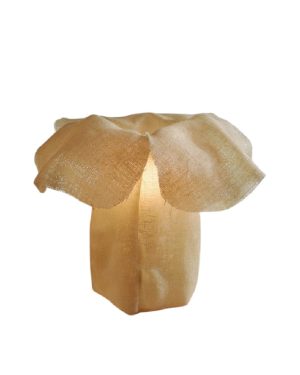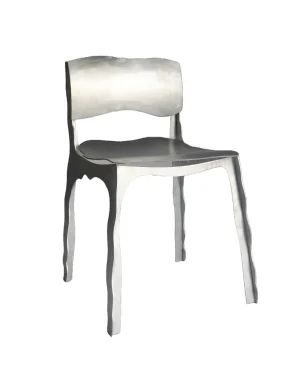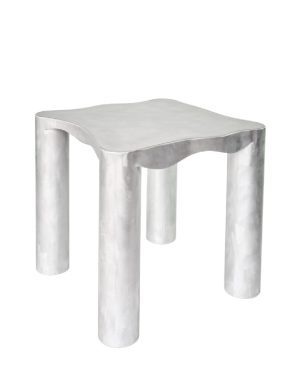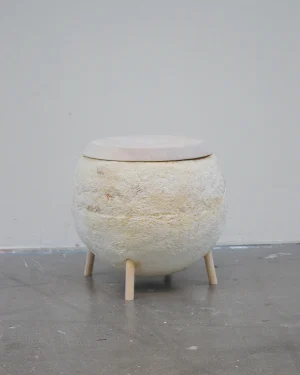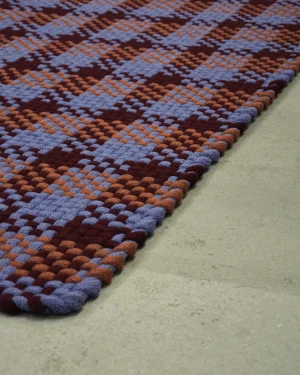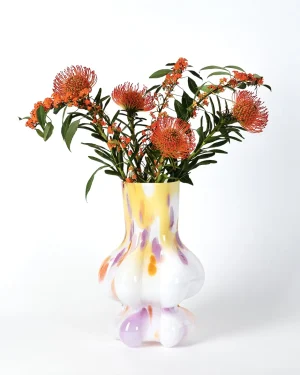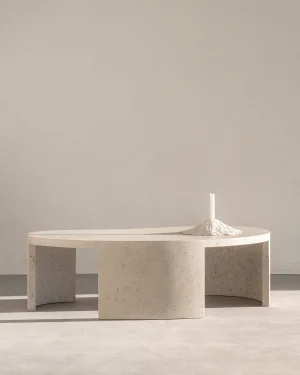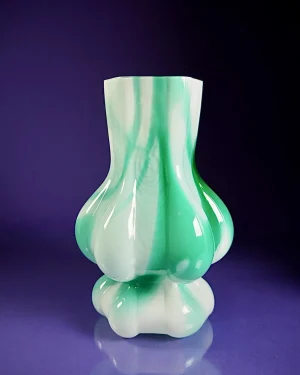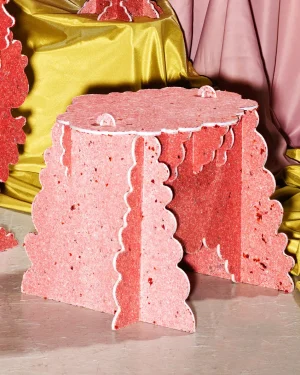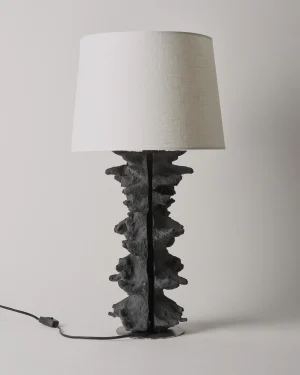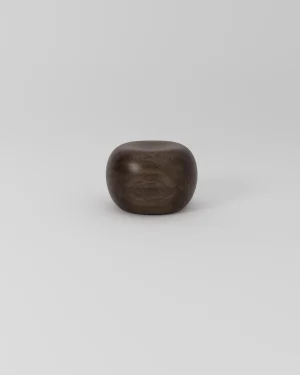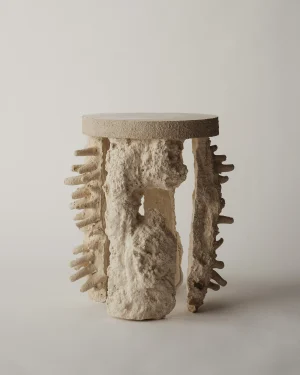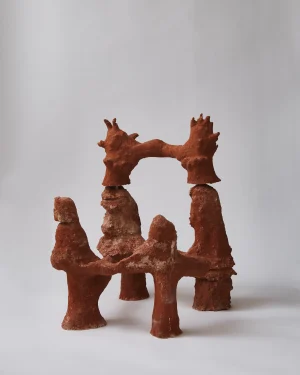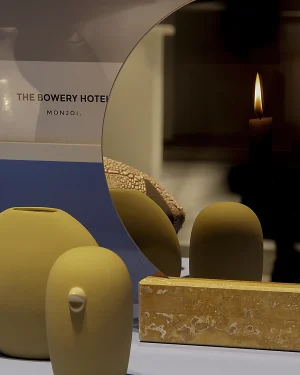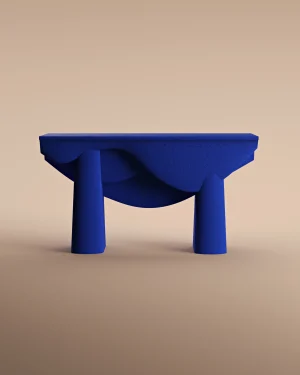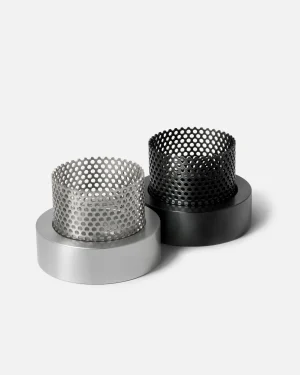Swedish design is renowned for its minimalism, functionality, and emphasis on sustainability. It showcases a commitment to quality and simplicity, often featuring clean lines, natural materials, and innovative solutions that aim to improve everyday life.
- Minimalism and Functionality: Swedish design focuses on creating functional and straightforward products.
- Sustainability: A strong emphasis on eco-friendly practices and materials.
- Quality and Simplicity: High-quality goods that boast a timeless aesthetic.
Prominent Swedish Designers
Sweden\'s design scene is enriched by influential designers who continue to make a global impact with their innovative and timeless creations.
- Kajsa Melchior: Explores the intersection of furniture and sculpture, challenging aesthetic norms through spatial and material investigations.
- Olle Sahlqvist: Addresses the climate crisis through Biomimicry Furniture Design, advocating for a stronger relationship with nature to foster empathy and well-being.
- John Nordenstein: Utilizes various mediums like epoxy and polystyrene foam to create organic and unexpected forms that prompt viewers to gain new insights.
Common Materials in Swedish Design
The material palette in Swedish design is reflective of its connection to nature and sustainable values.
- Wood: Extensively used in Swedish furniture and architecture for its natural beauty and durability.
- Steel and Glass: Employed in modern design for their sleek look and functionality.
- Recycled Materials: Increasing use in line with Sweden’s commitment to sustainability.
Defining Characteristics of Swedish Design
The essence of Swedish design lies in its blend of aesthetics and practicality, creating products that are both beautiful and useful.
- Clean Lines and Functional Form: Designs that prioritize functionality without sacrificing style.
- Light and Natural Color Palette: Inspired by the Swedish landscape, incorporating light woods, whites, and pastels.
- Innovative Solutions: Constant pursuit of innovation to improve daily life.
Modern Perception of Swedish Design
Today, Swedish design is celebrated for its contribution to modern living, sustainability, and its influence on global design trends.
- Global Influence: Swedish design has a significant impact on international home furnishings and fashion.
- Sustainability Leadership: Recognized for leading by example in sustainable and eco-friendly design.
- Enhancing Quality of Life: Designs focus on improving functionality and comfort in daily living.
Influences on Swedish Design
Swedish design is shaped by its cultural heritage, commitment to environmental responsibility, and a democratic approach to design, making good design accessible to all.
- Scandinavian Traditions: Influenced by the broader Scandinavian design movement focusing on simplicity and functionality.
- Natural Environment: Inspired by Sweden’s forests, rivers, and northern light.
- Democratic Design: Belief in creating affordable, quality design accessible to everyone.

